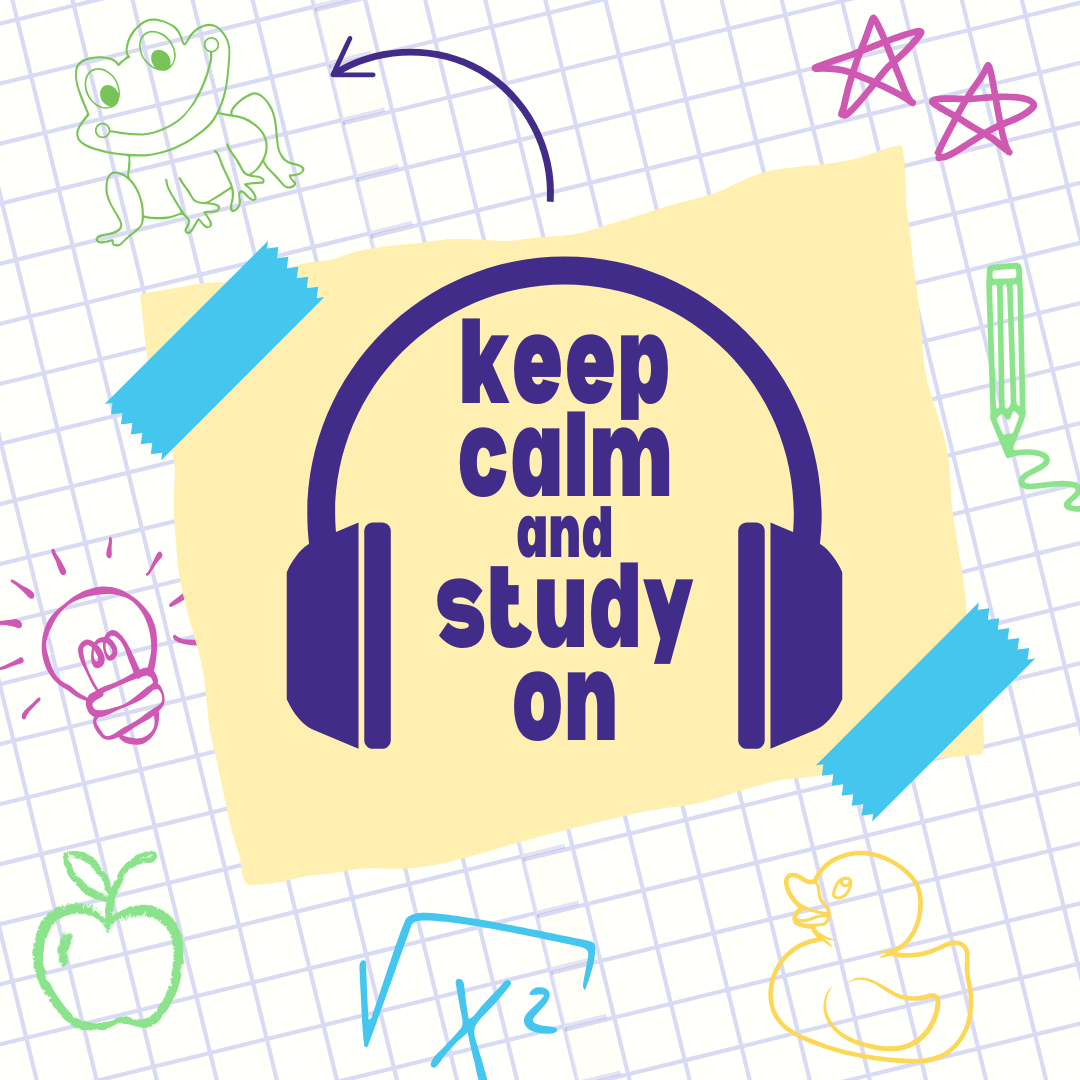Preparing for Quantitative-Based Exams
Looking to ace your quantitative final? These study strategies and tips for writing the exam are math and course support approved!
Study Strategies
- Create a page of key formulas, definitions and theorems for each unit of material. This will form a quick reference as you work on practice problems.
- Do not simply work through problems to get answers. Try to understand the big picture — how does this relate to what we did last? Where would we go next? You will soon forget the procedures if you only memorize them without understanding them.
- Explain a concept or process out loud to deepen your understanding, even if you explain how you worked through a solution to your dog! Use correct terminology to become comfortable with the “language” of the discipline.
- Form a study group to discuss methods and problem-solve together. Remember that working through a problem with help is not the same as solving a problem on your own — make sure that you can complete the solution on your own after the group session.
- Do not just read through example solutions. Cover the solution and work through the steps and calculations yourself.
- Attempt as many different practice problems as you can to discover the variety of ways the concepts may be presented in a question.
- Identify any errors you make as you complete practice problems. Are they mechanical in nature or conceptual errors? This will help you avoid making the same mistakes again.
- Continue to review your work. To aid in both retention of methods used and in making connections between concepts, periodically go back a section or two and try to rework a few past problems.
Writing the Exam
- Do a “memory dump” – jot down any key formulas, definitions, etc. while they are fresh in your mind; this will prevent second-guessing yourself later when you need to retrieve that formula.
- Scan through the test questions and pick out the problems that seem easiest to you; do these first to gain confidence and jumpstart your thinking.
- Use the marks allocation to judge the amount of time that should be spent on each question.
- Provide neat, organized solutions to demonstrate you understand the concepts and methods required.
- Re-read the problem and make sure you answered the question asked before moving on.
- Place a checkmark beside questions you are confident about once they are complete. Place a question mark beside problems that you want to go back and have another look at if time permits.
- If you are stuck on a question, identify what information is given (write it down!), identify what you are being asked to find or conclude (write it down!), think of any relationships relevant to the problem (write them down!), then try to fill in any gaps to connect the dots, starting with what is given and ending with the conclusion.
Looking for additional support?
Visit the Student Success Portal to book an appointment with a math tutor and/or visit the Math and Stats MyLearningSpace page for more information about drop-in support, review sessions, and mock exams.
